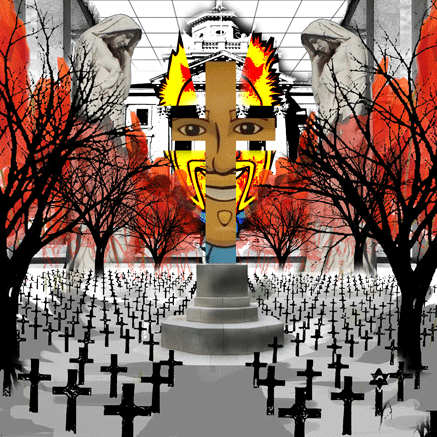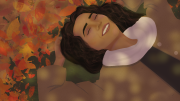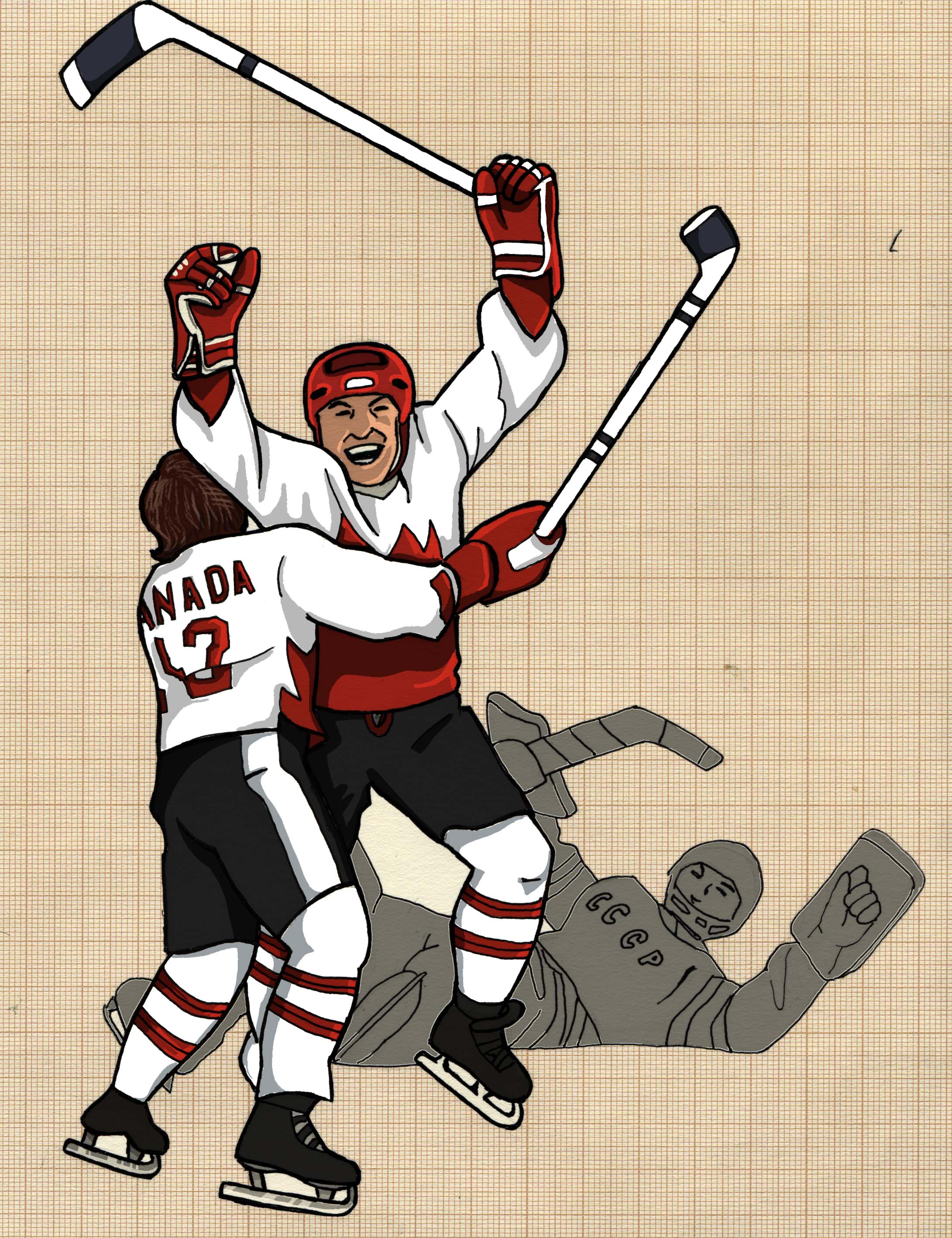You may have noticed that, for some time, there’s been a food truck parked on campus. A welcome relief from the unrelenting mediocrity of campus food services (though I’ve yet to actually see anyone buying poutine there), the Poutine King is inarguably an asset to life on campus.
The whole point of a food truck, however, is that you can park it anywhere; the specific spot the truck currently occupies is not only inappropriate, it is offensive. The truck should be moved – perhaps more importantly, whoever told it to park there should have known better in the first place.
The good
The truck is parked in one of the most significant spots on campus. It is smack dab in the middle of the great axis that runs from Pembina Highway to the foot of the Administration Building. Along most of its length, this axis is planted with elms; where the continuity of the double-row of elms is broken, landscaping elements (such as decorative paving, plantings, and rows of non-elms) ensure that the linearity is unbroken.
The elms were planted at the end of the First World War in memory of those members of the Manitoba Agricultural College (as the U of M was then known) who had lost their lives fighting in the war.
This memorial avenue – the spine of the great axis, which dates to 1914 – is much more than the standard street trees so prevalent in our city. It was intended as, and remains, a living monument to the dead, and (as all old trees are) a source of joy for the living. That’s the great thing about a university: it is, almost by definition, a venerable institution with a concrete and noble history.
The elms run the length of Chancellor Matheson Road, ending at University Crescent. They originally went farther, but the intervening years saw the construction of Frank Kennedy and University Centre. The very end of their original run is marked by one lone survivor, just outside the entrance to University Centre, where a plaque explains the planting of the memorial avenue.
If they were not a living monument – or if they were a living monument in some other part of the city – the axis might have remained broken. But a university is a special kind of place. Its coherence, sense of self, and memory spans decades. The path over Frank Kennedy is unassuming, but from there to the steps of the administration building is one of the most intensely well-done pieces of landscaping in the city.
A broad, paved path, framed by generous and beautiful plantings. A raised circle of grass, acting as a second quad (how peaceful, in summer, the people sprawled on the grass); groves of newer, younger trees (how lovely, the little hills they sit on top of).
The plaza on top of University Centre, with smaller trees in planters (Acer ginnala; how delicate the graceful stems beside the concrete mass of the building), and lushly planted in the summer, and finally, closing the axis: the façade of the administration building, its columns speaking to dignity and tradition. One straight line, approximately two kilometres in total – well and purposefully landscaped, maintained for over a century. Nothing in this province compares.
I studied landscape architecture, and that’s the dream; the long axis, well-done, full of meaning, with a distinctive classical building at the end. In fact, the faculty of architecture faces the circle on that axis. Every time I’d take a smoke break, in the long grueling years of my degree, I’d look out onto that circle and see the physical realization of the thing I was studying.
It made me proud, and cemented my love for both my craft and my school: it validated all the high things my professors taught about design and memory and the joy of those things given beautiful form.
The bad
If I go to smoke at that same place now, or go to stroll along that axis, the view is interrupted by a food truck. Nothing against the truck – it is in the nature of food trucks to grab your attention, and the food this one sells is a Canadian specialty. But it is in the direct centre of the line of the great axis, and the axis as a whole – as one coherent and understandable feature, is broken by it.
Visually and spiritually, it cheapens and distracts from what is, after all, a monument to those who died a terrible death. It is hard to hold faith in the respect of the living for the dead when, of all the parking lots and access roads on campus, this is the spot assigned to a bright red truck selling cheese curds and gravy. It would be a different thing entirely if the arrangement was temporary, say a few days for Frosh Fest. But on and off, the truck has been there since March.
If the truck is on the campus that long, then a more suitable (or at least, less inappropriate) location can be found. Perhaps it is at its current location because of high pedestrian traffic; that’s perfectly understandable, from a business point of view. But a university, being a very special kind of institution, should balance other priorities, and remember the intentions of its past.
Remember, as you walk past that truck, that before it got parked there, breaking the flow of your eyes over the landscape, that the only words (there were no advertisements, no exclamation marks) you’d see were things like Education, Nursing, Architecture.
The ugly
The placement of that truck says something about our campus and therefore us. It says we do not remember (or if we do, do not care about) our past. It says we value the chance to buy something over the chance to reflect on something.
What does it say to walk out of a building (like architecture’s John A. Russell Building) that is a gem of Canadian architecture, and see a food truck given equal prominence? What does it say to walk out of a nursing lecture on how to heal people and treat disease, to find gravy being sold? It says something dark: “pay us to learn high ideals – but we ourselves don’t have time for such things.”
For that matter, what does it say to any student, on a campus where the parking agents are known for a certain deadly ferocity and fell purpose, to see a car parked beside that food truck? You had to park in the toonie lot in bad weather, and pay for that privilege. But the Poutine King parks where it is most convenient for him.
I like poutine, and I like food trucks. But I also like to think that the university is the kind of place that puts higher ideals – remembering its dead, and providing a beautiful setting for its living – before those things.
The truck can be moved, but it’ll be hard to forget that it got put there in the first place.
“If ye break faith with us who die
We shall not sleep, though poppies grow
In Flanders fields.”





